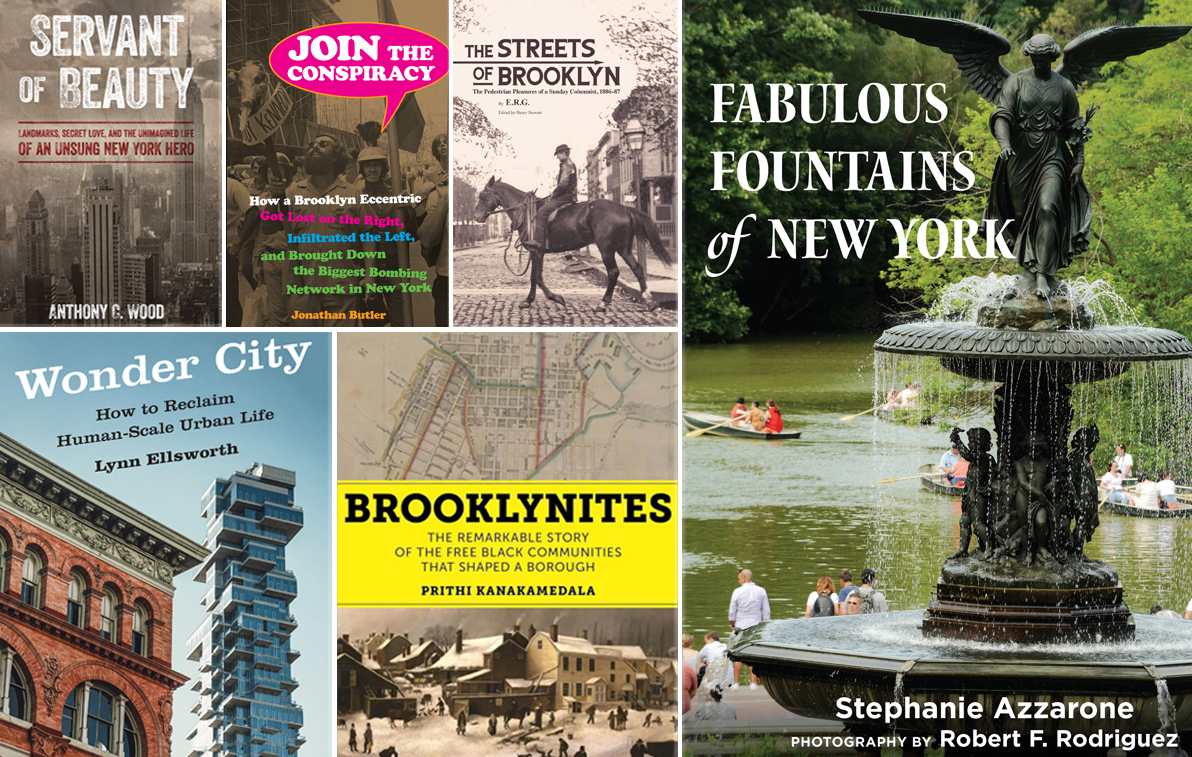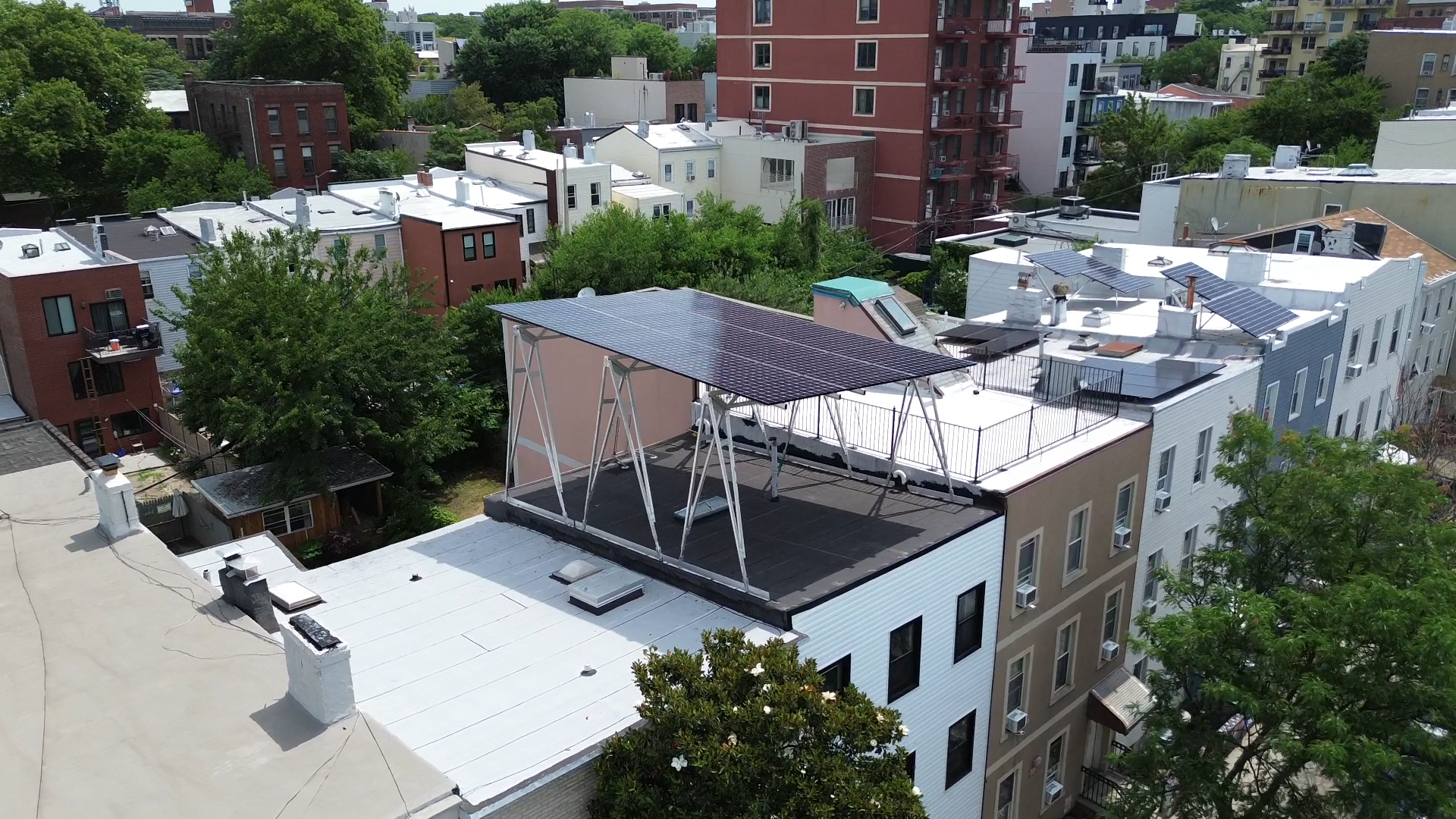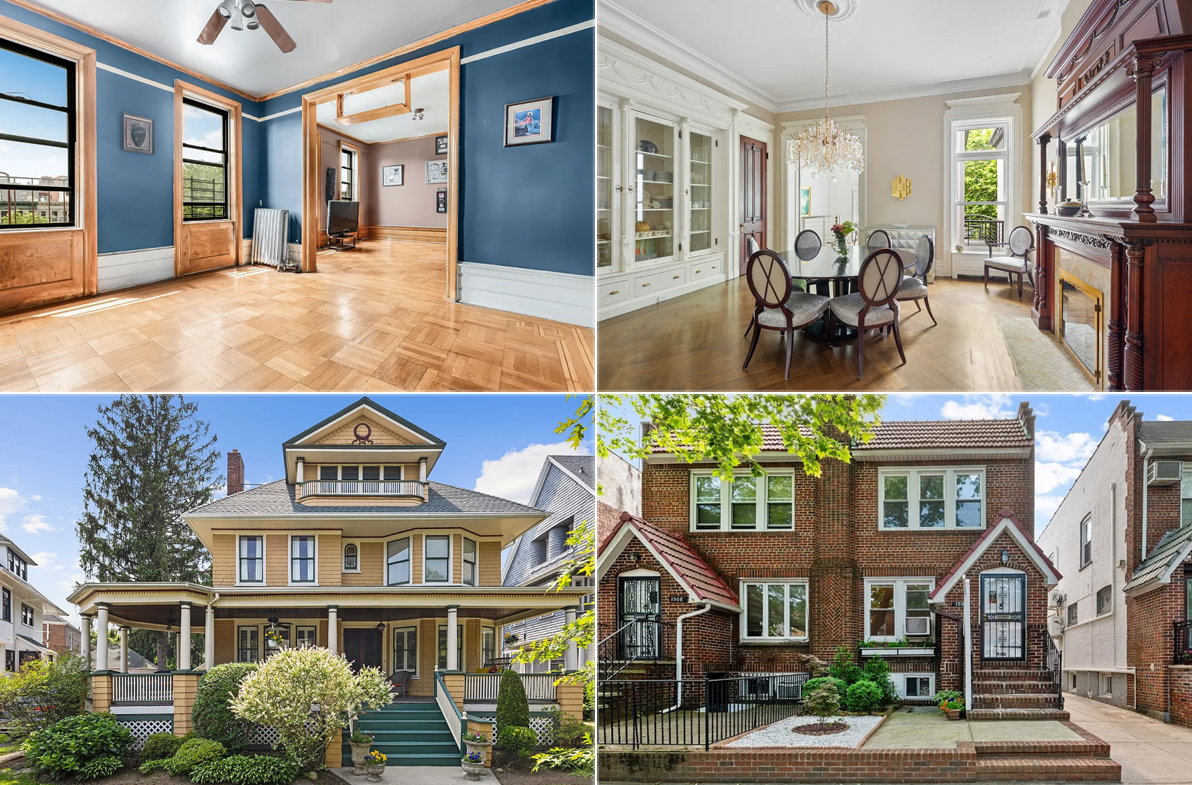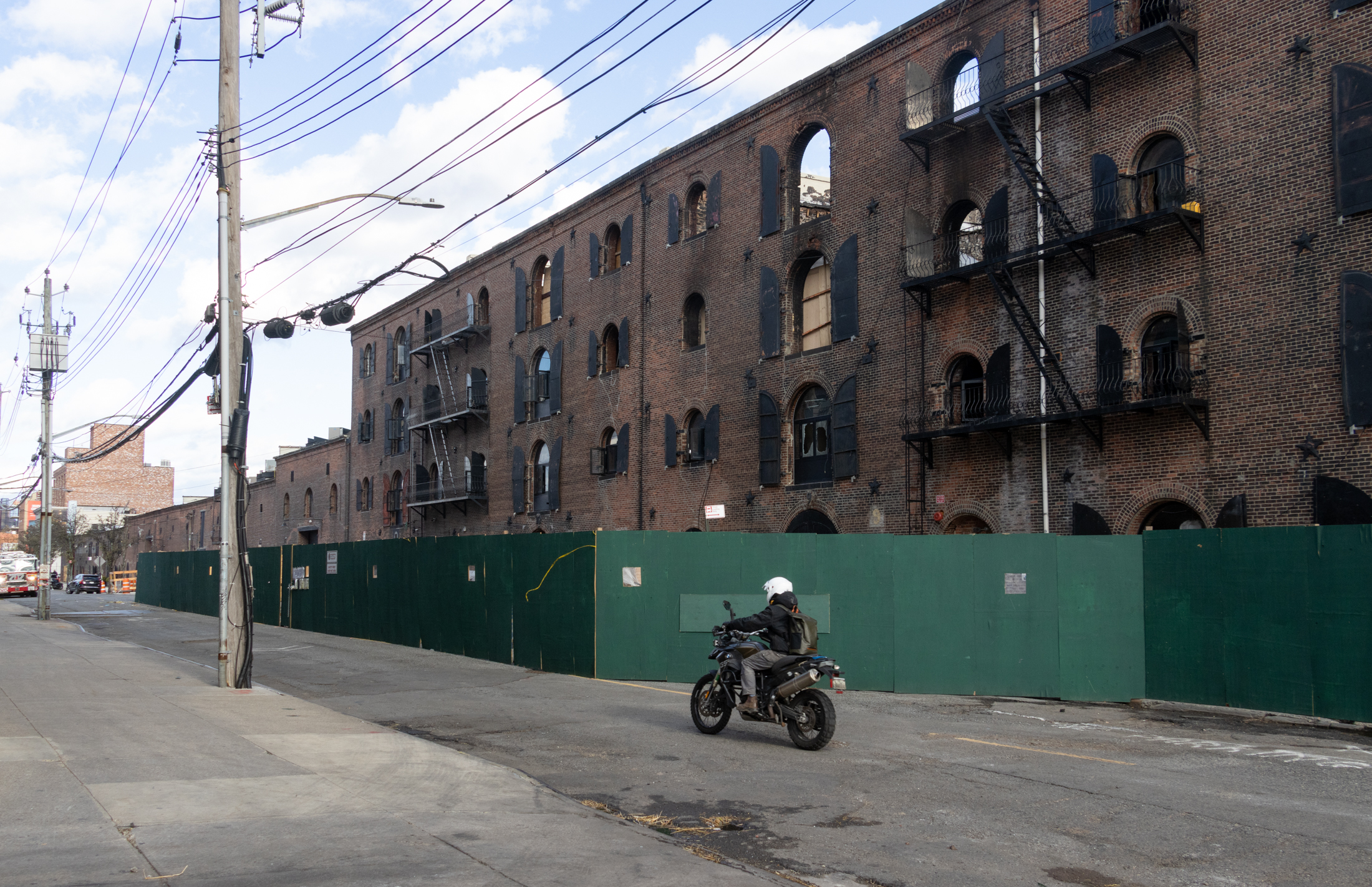Walkabout With Montrose: Build Me a House of Sturdy Brick
Mankind’s oldest building material is brick. Before they shaped stone with tools, our ancestors dried mud and other materials in the sun and stacked them to make shelters, altars and marketplaces. Centuries later, the father of the Arts and Crafts Movement, William Morris, commissioned a home that would realize all of his philosophies and ideals,…


Mankind’s oldest building material is brick. Before they shaped stone with tools, our ancestors dried mud and other materials in the sun and stacked them to make shelters, altars and marketplaces.
Centuries later, the father of the Arts and Crafts Movement, William Morris, commissioned a home that would realize all of his philosophies and ideals, not out of stone, as was the fashion in 19th century, upper middle class England, but in warm, red brick.
The Red House remains the quintessential Arts and Crafts home, a repository and workshop for a movement that would change the industrialized Victorian world, and influence future architects such as HH Richardson and Frank Lloyd Wright.

In going through my photographs, I realize that my favorite buildings are brick. Not limestone or brownstone, but brick. Sometimes the bricks are classic terra cotta, sometimes white, or golden yellow, grey, black, or even purple.
In fact, if you look closely, most of historic, Brownstone Brooklyn really is made out of brick. The various stone facades are only cladding, the building is really brick. With the exception of wooden framed houses, this is a brick city.
Brick is well complemented by the various combination of materials used with it, especially in the later Queen Anne and Revival movements, and all of the goodies: ashlar stone, terra cotta, carved stone, ironwork, stained glass, wood trim, and hardware are mixed with wonderful wild abandon on our streets.

This innovation did not end with the 19th century, either. Some of the best brickwork in my neighborhood can be found in the apartment buildings and other structures built as late as the late 1930’s. Even the fact that the less than admired Fedders houses are clad in some kind of brick shows that this medium resonates at all levels, even today.
I do admit to a special fondness for the different ways that architects use brick work by itself to achieve patterns and massing. Bricks are used in horizontal, vertical, and diagonal patterns. They jut out to catch our eye, or recess to create depth.
They shape archways, they frame windows. They curve around to suggest great mass and create fortresses, whether in armories, churches or apartment buildings. Grey bricks are somber, gold bricks suggest richness.

Multicolored patterns can hint of foreign lands and times, while terra cotta can suggest great age and majesty, as well as a classic vision of home and hearth. In the end, the commonality of all buildings is illustrated in a crumbling foundation of brick.
All show the architects’ talent in using the mundane to achieve greatness, as well as the skills of thousands of expert bricklayers whose creations still stand after all these years with little or no attention or special care. So look around, enjoy the Flickr link, and take a closer look at the possibilities and beauty of the common brick.




[Photos by Suzanne Spellen]





Once again great work. So often we overlook the wonderful brickwork that is around us here in NYC. Too bad there are not people who still do this kind of artistic architecture today. Thanks for bringing attention to CHN and BS.
rob- maybe you’ll come to the Crown Height House tour this year? You should- you’ll have a great time and meet nice people.
things you have to put together bit by bit are always so much nicer than prefab stuff.. thanks monty!
*rob*
Red brick is may fave too, when it isn’t limestone. MM – have you seen the old Mechnics and Traders bank in Greenpoint? Lots of lovely brickwork there (with terracotta and brownstone too).
great photos! that queen anne chimney on st. marks looks pretty precarious . . .
Your posts are so interesting, Montrose! And you’re bringing attention to a lovely neighborhood that a lot of us had previously overlooked. Thank you!
Montrose, I love your posts. Maybe not as likely to incite a big debate full of name calling but great nonetheless.
I’ve always liked when bricks are used to create a rounded facade (like a castle, or silo-looking thing).
Nice pics.
dave- I think randolph’s abilities are well represented by his/her own post.
Loved the story MM-although phripley is most likely right, it takes nothing away from the story or the bricks 🙂